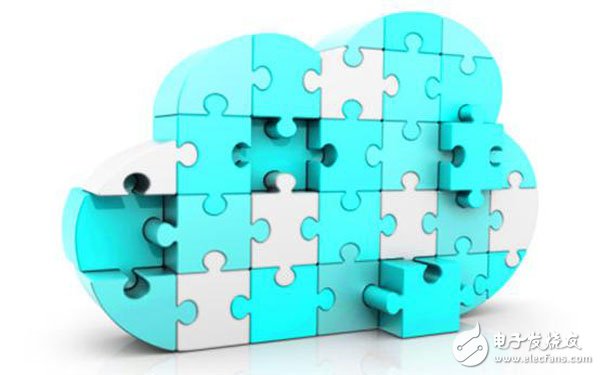What is the difference between cloud computing and data center backup?
Backup is a good strategy for enterprises. Enterprises need to back up data and applications to a certain location, and be able to restore the data and applications in a certain way, in order to keep the business running normally in the event of some natural disasters or human errors, thereby reducing the business-critical loss. Enterprises can adopt two methods: backup site and backup technology. These measures and technologies can be passive, and this means that companies can restore sites and businesses in a short period of time and restart operations. Or proactive measures and technologies (higher costs) can also be used, which means that in some cases companies can immediately use existing versions of data and code to replace damaged systems without the user even knowing that a failure has occurred. Disaster recovery provides a new set of options in the cloud, and it doesn't look like those options that companies have on their local deployment systems. The approach taken by an enterprise should fully consider the value of its applications and data sets to the business. It is recommended here that companies need to understand their practicality and ensure that they do not spend more than the cost of disaster recovery configuration. Option 1: Area-to-area disaster recovery Enterprises can set up two or more regions in the same public cloud provider to achieve disaster recovery. For example, if the service in the Virginia region is interrupted, another region in the state will also take over. Enterprises can pay to get a complete copy of the data and applications copied to the backup area so they can take over seamlessly (ie, proactively restore). Or companies can use more cost-effective methods (such as regular backup to mass storage) to quickly restore in another area (that is, passive recovery). Option 2: Cloud-to-cloud disaster recovery The most common question raised by enterprises is: If the entire public cloud provider goes down or the business is interrupted for a long time, how to protect their own data and applications? For example, using one public cloud to provide backup for another public cloud can allow enterprises to use Amazon Web Services Backup Azure, in turn can also be used in pairs. Although this looks like the ultimate goal in disaster recovery. But to support disaster recovery requires multi-threading, which means that enterprises need to maintain two different skill sets, have two different platform configurations, and other costs and risks. When companies try to copy data or applications on major and backup platforms, the ongoing cloud-to-cloud system replication (aka inter-cloud replication) increases the likelihood of errors. This is not what people want. Although not impossible, copying between different cloud platforms is five times more difficult than copying within the same vendor. This is why support between cloud platforms is almost non-existent except for a few companies that can implement it.
Product application:
1 AC
air switch
2 AC
contactor
3
Mechanical switch and electronic switch
4
Cable and wire
5
Automatic detection and calibration platform
6
Large current capacitor electrical appliances
7
Thermal relay, molded case circuit breaker, small circuit breaker and the
required rated current, action current, short-circuit protection current, etc
Technic
parameter:
constant current source Jinan Xinyuhua Energy Technology Co.,Ltd , https://www.xyhenergy.com